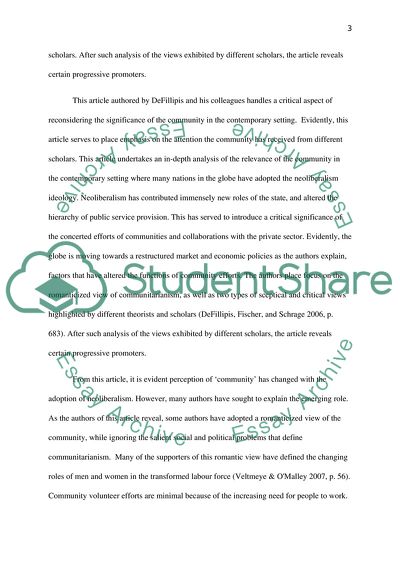Cite this document
(Neighbourhoods and Community Comparative Studies Literature review, n.d.)
Neighbourhoods and Community Comparative Studies Literature review. Retrieved from https://studentshare.org/social-science/1627539-neighbourhoods-and-community-comparative-studies
Neighbourhoods and Community Comparative Studies Literature review. Retrieved from https://studentshare.org/social-science/1627539-neighbourhoods-and-community-comparative-studies
(Neighbourhoods and Community Comparative Studies Literature Review)
Neighbourhoods and Community Comparative Studies Literature Review. https://studentshare.org/social-science/1627539-neighbourhoods-and-community-comparative-studies.
Neighbourhoods and Community Comparative Studies Literature Review. https://studentshare.org/social-science/1627539-neighbourhoods-and-community-comparative-studies.
“Neighbourhoods and Community Comparative Studies Literature Review”. https://studentshare.org/social-science/1627539-neighbourhoods-and-community-comparative-studies.


